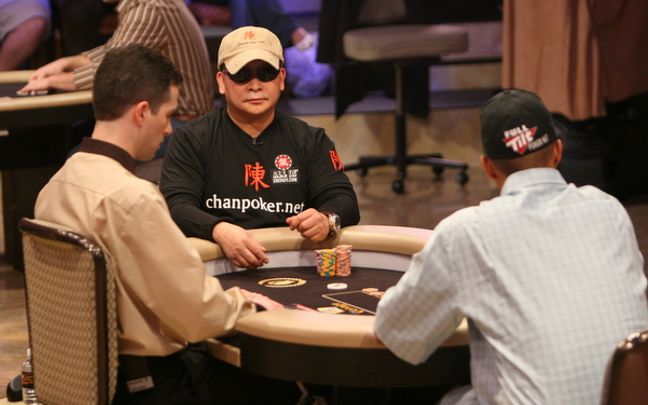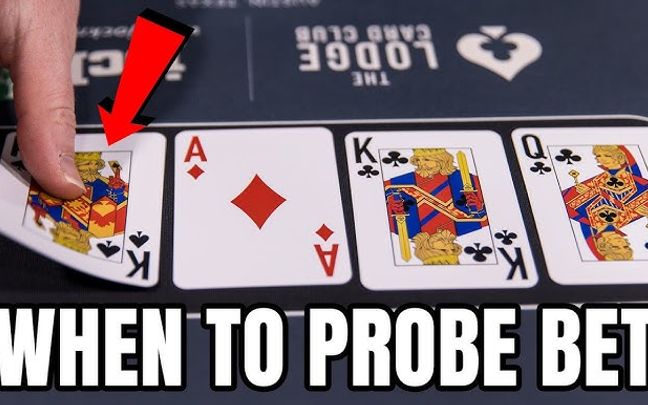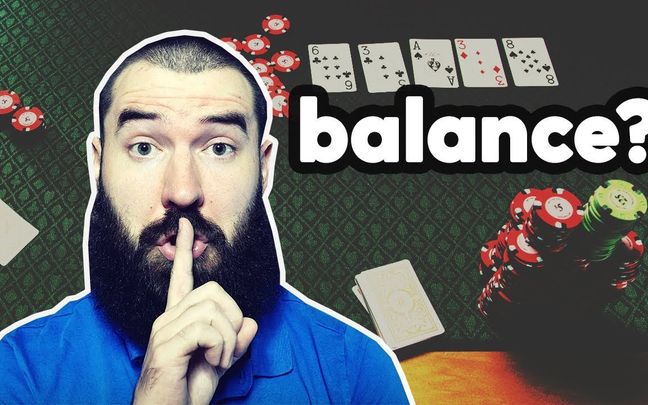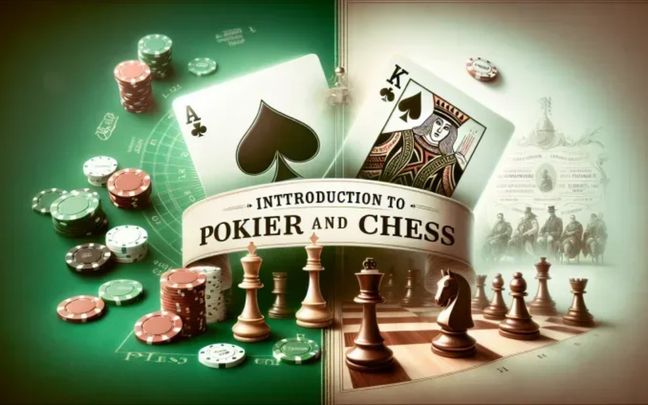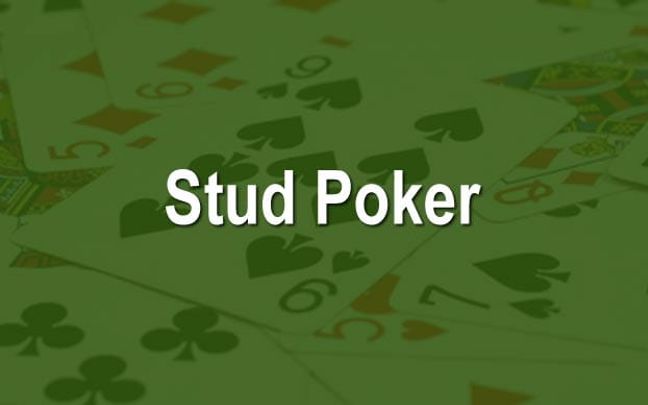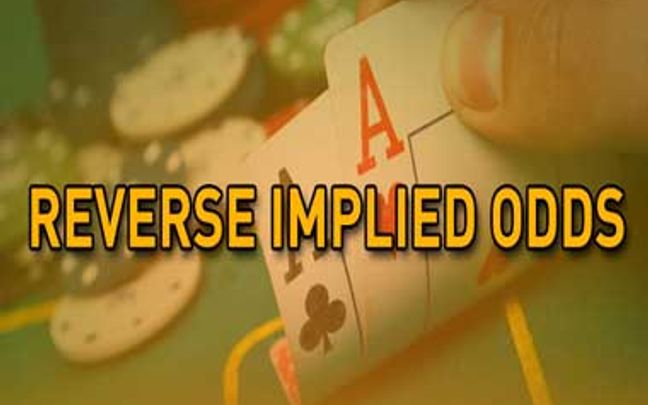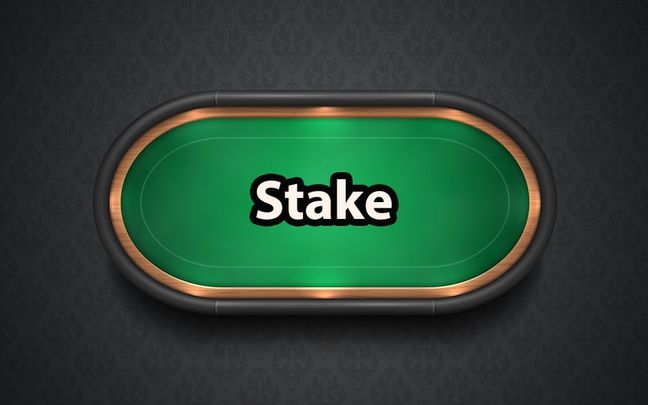When playing poker, one of the most crucial concepts to master is Fold Equity. This is the ability to make your opponents fold their hands rather than facing a showdown. Fold Equity not only allows you to win immediately but also opens up numerous strategic opportunities in challenging situations.
In this article, we will explore how to effectively use Fold Equity, including reading opponents, applying semi-bluffing, and assessing risks when raising bets. Understanding and strategically applying Fold Equity is key to enhancing your poker skills and optimizing your chances of winning.

Fold Equity allows you to win the pot without having the strongest hand
What is Fold Equity?
Fold Equity is an important concept in poker that refers to the probability or potential that an opponent will fold when you bet or raise. It is a crucial part of poker strategy, especially when you don't have a strong hand but want to force your opponent to fold in order to win the pot without having the best hand. Here are some key points about Fold Equity:
Increasing Your Chances of Winning: Fold Equity allows you to win the pot without having to show the strongest hand. If your opponent folds, you win the pot immediately without needing to have the best hand.
Factors Affecting Fold Equity: Fold Equity depends on several factors, including your opponent's playing style, the size of the bet, and your position at the table. Cautious players are often more likely to fold compared to more aggressive players.
Bluffing: Fold Equity is the foundation of the bluffing strategy. When you bluff, you rely not only on the possibility of improving your hand but also on the likelihood that your opponent will fold. If you believe your opponent is likely to fold under the pressure of your bet, bluffing becomes more effective.

Fold Equity increases your chances of success when you bluff
Calculating Fold Equity
Calculating Fold Equity is a crucial concept in poker, referring to the probability or likelihood that your opponent will fold when you make a bet or raise, thus avoiding a showdown. Although there is no precise formula for calculating Fold Equity, you can estimate it based on several key factors and situational analysis. Here are some factors to help you assess and estimate your Fold Equity:
Reading Your Opponent
One of the primary factors in estimating Fold Equity is the ability to read your opponent. Observing how your opponent has played in previous hands can provide valuable insights. If your opponent tends to fold in the face of large bets or pressure, you can predict that they are likely to fold when you apply sufficient pressure. Understanding how your opponent reacts to various betting and raising situations will give you a better grasp of their tendencies and willingness to fold.
Hand History
Analyzing hand histories is another method to evaluate Fold Equity. By reviewing past hands, you can identify patterns in your opponent's behavior, such as when they are more likely to fold and when they are not. If your opponent frequently folds to large bets or strong aggression, you can use this data to estimate your Fold Equity in similar situations in the future.
Bet Sizing
The size of your bet or raise is a crucial factor affecting Fold Equity. Larger bets increase the likelihood that your opponent will fold, as they face the risk of losing more money if they continue. However, large bets also carry the risk of significant losses if your opponent decides to call. Therefore, you need to carefully weigh the risks and potential rewards when deciding on your bet size. A large bet might make opponents fold more often, but it can also lead to substantial losses if they choose to call.
In summary, to accurately estimate Fold Equity, you need to combine multiple factors and keen observations of your opponent’s play. This includes reading your opponent, analyzing hand histories, and considering bet sizing. Understanding and gaining experience in evaluating these factors will help you optimize your betting strategy and improve your chances of success in various poker situations.

Fold Equity reduces risk when you don't have a strong hand
Using Fold Equity in Your Poker Strategy
Effectively utilizing Fold Equity in your poker strategy can create significant advantages and increase your chances of winning. To make the most of Fold Equity, you need to apply sound strategies based on various factors. Here are some key points to consider:
Raise When Fold Equity is High
When you determine that your opponent is likely to fold, it's an ideal time to make a large bet or raise, even if your hand is not the strongest. For example, if you notice that your opponent frequently folds to large bets or shows signs of not having a strong hand, a well-timed raise can create a powerful psychological impact. This not only allows you to win the pot immediately if your opponent folds but also protects your hand from being outdrawn by a stronger opponent.
Incorporate Semi-Bluffing
Semi-bluffing is a powerful strategy when you have a drawing hand that could improve in future streets. For instance, if you hold a flush draw or a straight draw, combining semi-bluffing with Fold Equity can provide significant advantages. By making a strong bet or raise, you might force your opponent to fold immediately. Even if they call, you still have the opportunity to improve your hand on the next cards. This approach maximizes the value of both making your opponent fold and potentially winning a larger pot if your hand improves.
Read Your Opponent
A crucial part of estimating Fold Equity is understanding your opponent's playing style. For cautious players, Fold Equity will be higher since they tend to fold under significant pressure or if they lack a strong hand. Conversely, for more aggressive or call-happy players, you might need to be more cautious with your bets or raises. Analyzing your opponent’s past actions, playing style, and betting patterns is an effective way to estimate Fold Equity and make informed decisions in specific situations.
Consider the Risks
When using Fold Equity in your strategy, risk assessment is essential. While Fold Equity can provide considerable advantages, overusing this strategy can lead to significant losses. If you consistently make large bets without a solid foundation, your opponents might detect a pattern and start calling your bets more frequently, reducing the effectiveness of Fold Equity.
Additionally, making large bets without a strong hand can put you in difficult situations and result in losses if your opponent decides to call. Therefore, carefully consider your bet sizing and use Fold Equity only when you have good reason to believe your opponent will fold.

Fold Equity puts pressure on your opponent, forcing them to fold
Strategic use of Fold Equity requires keen insight and a refined analytical ability. By raising bets when you have high Fold Equity, combining it with semi-bluffing when holding incomplete hands, accurately reading your opponent, and considering risks appropriately, you can leverage Fold Equity to maximize your advantage in poker. This approach not only helps you achieve better results in individual hands but also enhances your overall skills and strategy in the game.

